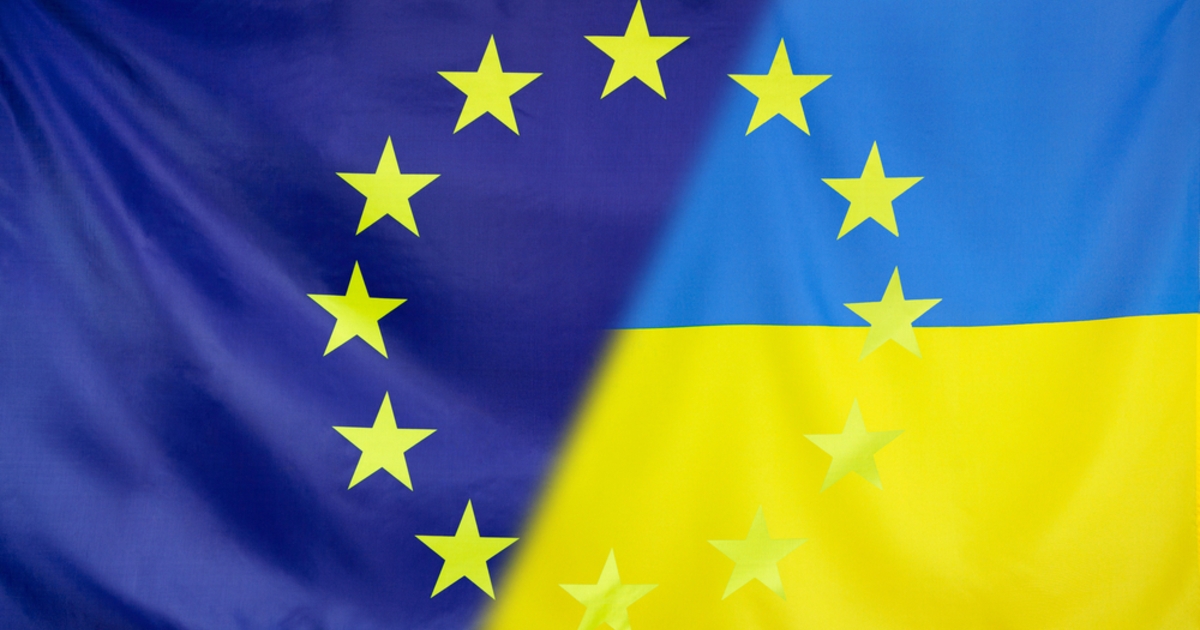The European Union may not extend the trade liberalization agreement with Ukraine after June 5

The EU-Ukraine trade facilitation agreement expires on June 5, and some MEPs have already said it will not be extended. UCAB tells us what Ukrainian experts think about this and what the options for further developments might be.
Trade Representative of Ukraine T. Kachka believes that "Ukrainian exports support European processors, ensure price stability in the EU and cover deficits, and tariffs are the worst instrument for regulating international trade, so the main focus should be on trade flows. Ukraine also imports many goods from the EU. Yes, every chicken raised in Ukraine has Polish or German DNA. So, in the medium and long term, Ukraine is a solution to many of the EU's challenges in agriculture, as it is a reliable EU partner and adheres to all established rules."
It is important for Ukrainian farmers to understand what and under what conditions they will be able to export to the EU after June 5 in order to plan sowing. The Ministry of Agrarian Policy states that negotiations on extending the trade regime have been ongoing since October, and free trade may be extended until a long-term solution is adopted, which may be Article 29 of the Association Agreement. It "opens the way for the EU in Ukraine to the progressive liberalization of duty-free quotas and tariff rates and is another element of trade regulation," the UCAB believes.
By 2022, the agricultural sector provided from 10% to 20% of Ukraine's GDP, in 2024 this figure was 15%. The industry is one of the most important sources of foreign exchange earnings and one of the largest taxpayers. Last year, farmers provided 11% of tax revenues to local budgets and exported products worth $25 billion, which amounted to 59% of Ukraine's exports. Due to the war, Ukraine lost traditional sales markets (Asia, the Middle East, Africa), so it significantly increased supplies to the EU. During the blockade of ports, trade with the EU helped sell agricultural products worth $5 billion. At the same time, Ukraine buys 60% of its imports from the EU (equipment, seeds, crop protection products, fuel, etc.).
However, negotiations on Article 29 must be completed by June 2025, otherwise Ukrainian trade with the EU will automatically return to the 2021 version of the DCFTA with more than 20 duty-free quotas, with import tariffs and trade barriers, which will create an economic problem for Ukraine. In this case, by the end of 2025, Ukraine will lose up to €3.3 billion in foreign exchange earnings, 2.5% of GDP and up to 4.15% of tax revenues, - the UKAB calculated.
Currently, Ukrainian ports can only handle bulk products, and all ready-to-eat and packaged products are exported via the Solidarity Routes through the EU, making it difficult for domestic farmers to diversify exports. This reduces the competitiveness of Ukrainian products and increases the cost of logistics.
UCAB experts see further terms of trade with the EU in the continuation of the current regime with a revision of the list of sensitive goods, which currently includes poultry meat, eggs, sugar, honey, oats, cereals, and corn.
Recently, outbreaks of bird flu have become more frequent in the EU, so the products of Ukrainian poultry farmers support European consumers and stabilize prices. Against the background of a decrease in sugar production in the EU in 2021-2022, its prices rose to €800/t, but sugar supplies from Ukraine stabilized the market. The need for sugar imports to the EU will continue, and Ukraine can quickly ensure its supplies in the amount of up to 500 thousand tons. In addition, Ukraine provides ¼ of honey imports to the EU, the need for which is estimated at 170 thousand tons per year. Corn exports to the EU in 2014 amounted to 7 million tons, and in 2019 grew to a record 14 million tons. Last year, the Russian Federation also became one of the main suppliers of corn to the EU, and by 2035 it will be the largest grain producer in the world. According to the European Commission, by 2035 the EU will need 20 million tons of corn per year, part of which Ukraine will be able to supply.
UCAB experts name three possible scenarios for the further development of the situation:
- revision of the DCFTA based on Article 29 — a long-term agreement that will ensure access of Ukrainian food to the EU market until the time of Ukraine's possible membership in the EU in 2030, however, there is still no official position from the EC,
- return to DCFTA in 2021, which will be a strong shock to the domestic economy and lead to an increase in prices in the EU,
- an exceptional extension of the current terms with the same list of restrictions on sensitive goods, which would allow the parties to continue negotiations until the end of 2025.
Alice O'Donovan, Secretary General of the European Committee for Liaison on Trade in Agriculture and Agri-Food (CELCAA), said that given that Ukraine is bound to become an EU member, it is better to "take its agriculture under the EU's wing now to ensure a smooth transition."


